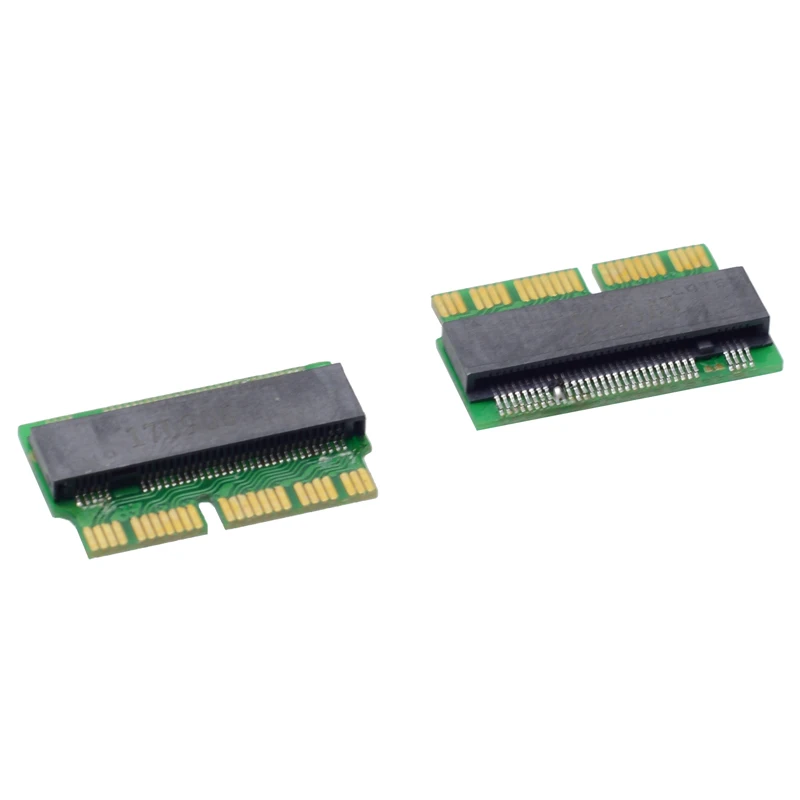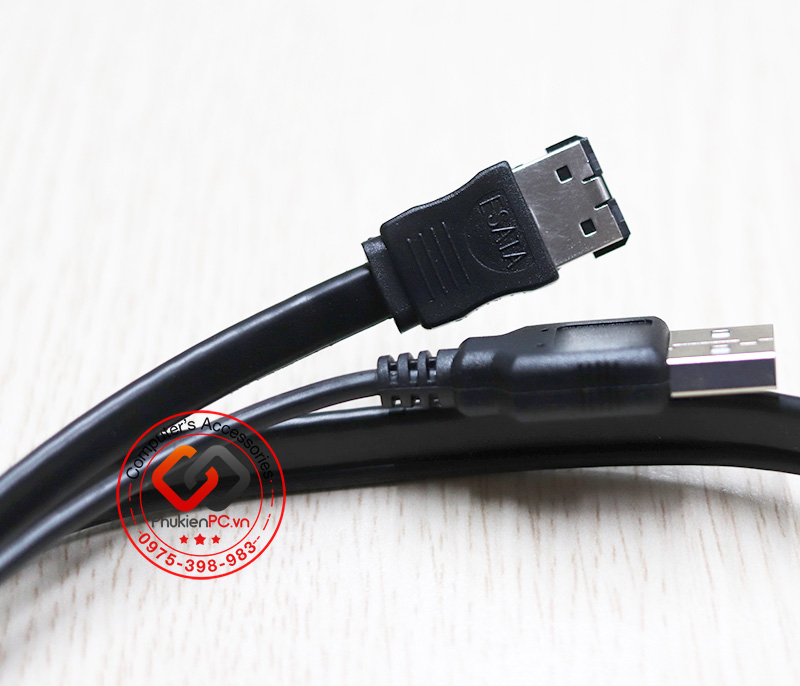
Usb 3 & esata combo card for 2010 mac pro mac#
There are of course cheaper USB-C cards out there but this one appeared to work without hitch in the two Mac Pro’s tested. There are firewire 800 ports, but it’s now almost impossible to find a drive that will fit this type of connector.Ī USB-C card such as the Sonnet Tech Allegro USB-C PCIe (USB 3.1 Gen 2 Card with 15W per Port) will set you back around £60-70, a snip for such an easy increase in speed. The reason that this makes such a difference is that the old Mac Pro’s only featured USB 2.0 ports, so it doesn’t matter how fast your hard drives are the USB 2.0 port will create a bottleneck.

Usb 3 & esata combo card for 2010 mac pro portable#
USB 2.0 Seagate Portable HD | Read = 29.6MB/s, Write = 25.7 MB/s The first one preserves USB 3.0's SuperSpeed transfer mode and is labeled USB 3.1 Gen 1, and the second version introduces a new SuperSpeed+ transfer mode under the label of USB 3.1 Gen 2. The Slim eSATA ExpressCard Adapter from Other World Computing adds a 3 Gb/second eSATA port for Apples MacBook Pro.This enclosure features both eSATA and USB connections along with a built-in 80mm cooling fan and an aluminum housing to make sure things keep cool.

The difference in performance when it comes to read-write times is best illustrated in numbers. Up on the review block today I’ve got a 3.5 SATA hard drive enclosure, the Max 4 from Thermaltake.

Adding USB-C PCIe card is as simple as slotting in a PCIe USB-c card between the Graphics and PCIe NVMe drive, and should take you no more than five minutes. Of all the upgrades to your old Mac Pro, this is the cheapest and fastest ways to give your old tower a power boost.


 0 kommentar(er)
0 kommentar(er)
